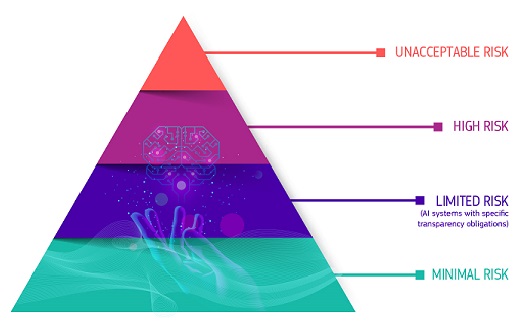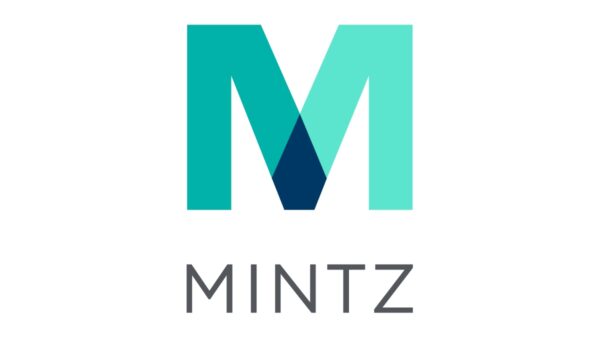The 2026 Guide to Next industry trends report from Publicis Sapient, published in November 2025, reveals that the primary obstacle to successful artificial intelligence (AI) implementation is not the inadequacy of models or computing power, but rather a lack of data discipline. According to the report, organizations are failing in AI not due to flawed algorithms, but because the data they rely on is inconsistent, fragmented, and poorly governed. “AI won’t fail for lack of models. It will fail for lack of data discipline,” the report asserts. “AI projects rarely fail because of bad models. They fail because the data feeding them is inconsistent and fragmented.”
Based on a survey of over 500 industry leaders and interviews with nearly 70 experts conducted between September 2025 and November 2025, the report highlights a significant disconnect. Although many executives believe their AI technologies and programs are enterprise-ready, most organizations remain entrenched in pilot phases, lacking adequate data governance frameworks.
Data Governance: The Fault Line in AI Adoption
In sectors such as energy and telecommunications, the report underscores the criticality of data quality. For instance, 63 percent of energy leaders identified poor data quality as a top barrier to drawing insights, while 51 percent noted that siloed or inaccessible data posed considerable challenges. Additionally, 61 percent of telecommunications executives stated that technical data debt hampers customer experience innovation. These findings solidify the notion that data governance is emerging as a strategic imperative, a distinguishing factor between organizations that will thrive in the AI-driven economy and those that will not.
Publicis Sapient’s Guy Elliott, the Consumer Products, Retail, Telecommunications, Media, and Tech Industry Lead for EMEA and APAC, encapsulated the issue succinctly: “Executives are mistaking generative AI experimentation, use of ChatGPT or Copilot, and/or machine learning usage for full integration. Confidence without measurement is belief, not certainty.”
Decision Debt: A New Concept in AI Strategy
The report introduces the concept of “decision debt,” describing situations where optimism outpaces evidence and assumptions are scaled before systems can effectively function. This phenomenon highlights the necessity for clean, connected, and governed data. Without it, organizations struggle to validate their AI systems, ensuring they align with brand values rather than merely efficiency targets.
The findings of the report illustrate four critical tensions that organizations must navigate: originality versus sameness, breakthrough versus bottleneck, decisions versus deferrals, and routine versus reinvention. These tensions reflect the challenges inherent in deploying AI effectively, particularly as organizations grapple with the implications of technical debt built from years of outdated systems and deferred decisions.
As the report notes, “Every year, ‘Guide to Next’ offers us a chance to reflect on what lies ahead, but this year feels particularly crucial—the decisions are heavier, and the stakes are higher.” The analysis reveals a trend where confidence in AI technologies outstrips actual capability, emphasizing that organizations must focus on proving their AI initiatives yield measurable results.
Looking Ahead: AI and Organizational Transformation
The implications for marketing professionals are immediate and profound. As AI technology evolves, the pressure mounts to demonstrate return on investment for AI initiatives while fortifying the foundational infrastructure necessary to support autonomous systems. The gap between stated readiness and actual capability remains the primary challenge facing marketing organizations today, particularly as investment in AI soared to $124.3 billion in equity during 2024.
With the accelerating integration of AI capabilities within advertising technology ecosystems, organizations are urged to rethink their strategies. The report warns that failing to address the governance and data quality issues could lead to long-term stagnation in AI adoption. “Don’t play it safe. Dare to prove your optimism right,” the report concludes, urging organizations to leverage their systems in a way that actively supports their future growth.
As we enter 2026, the conversation around AI adoption will shift from merely asking if organizations can implement AI to questioning whether they are doing so correctly. The stakes are high, and the imperative is clear: organizations must align their ambitions with concrete capabilities to truly harness the potential of AI.
 Scott Wiener Launches California’s SB 53 AI Regulation, Aiming for Federal Standards
Scott Wiener Launches California’s SB 53 AI Regulation, Aiming for Federal Standards Italy Passes Landmark AI Law Aligning with EU Act, Boosting Demand for Employment Lawyers
Italy Passes Landmark AI Law Aligning with EU Act, Boosting Demand for Employment Lawyers Major Insurers AIG and Great American Exclude AI Coverage Amid Rising Risks
Major Insurers AIG and Great American Exclude AI Coverage Amid Rising Risks Experts Urge AI Literacy for Children Amid Rising Automation Risks at Adab Festival
Experts Urge AI Literacy for Children Amid Rising Automation Risks at Adab Festival Trump Pauses Executive Order to Block State AI Regulations Amid Industry Pushback
Trump Pauses Executive Order to Block State AI Regulations Amid Industry Pushback


































































